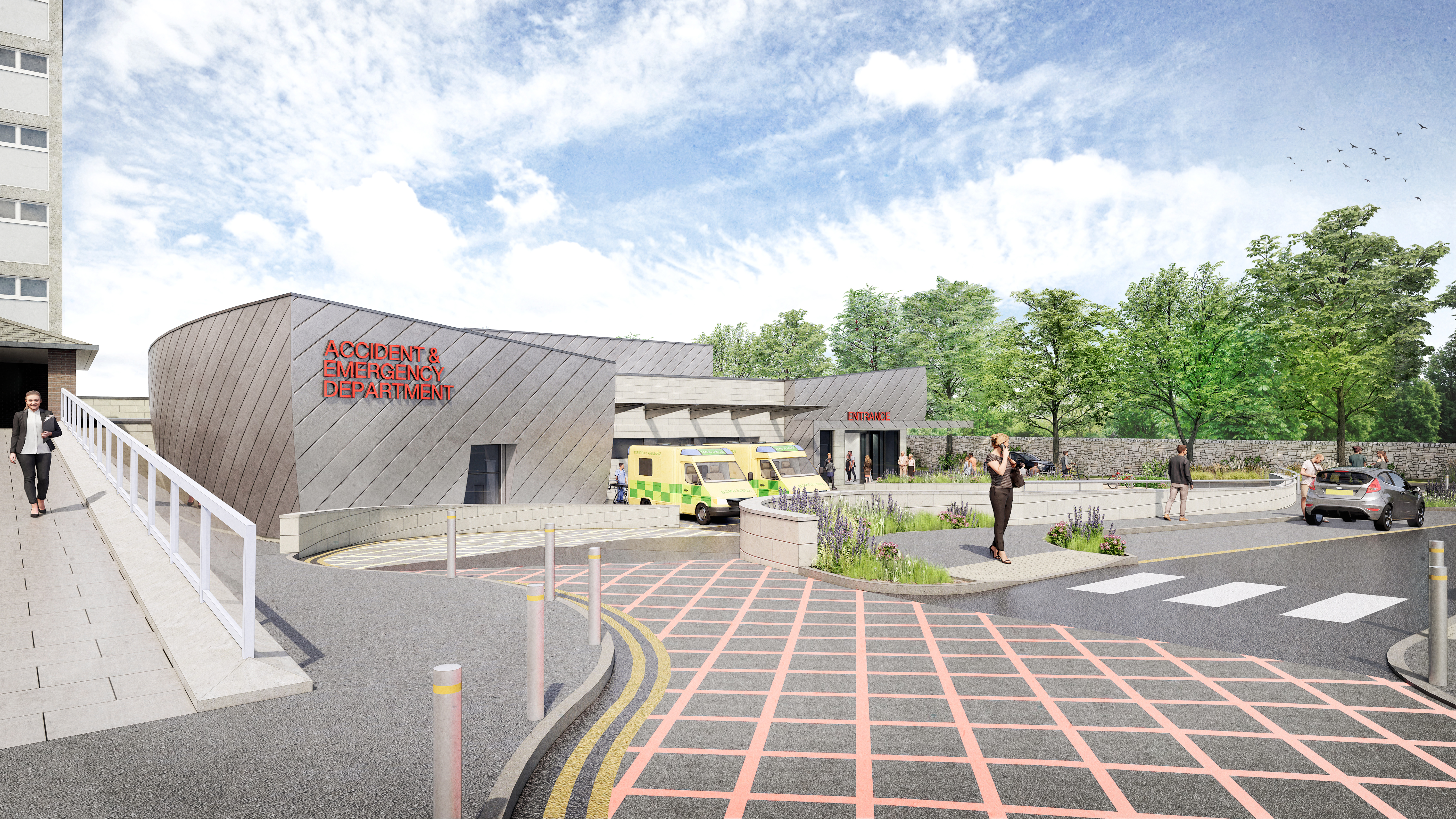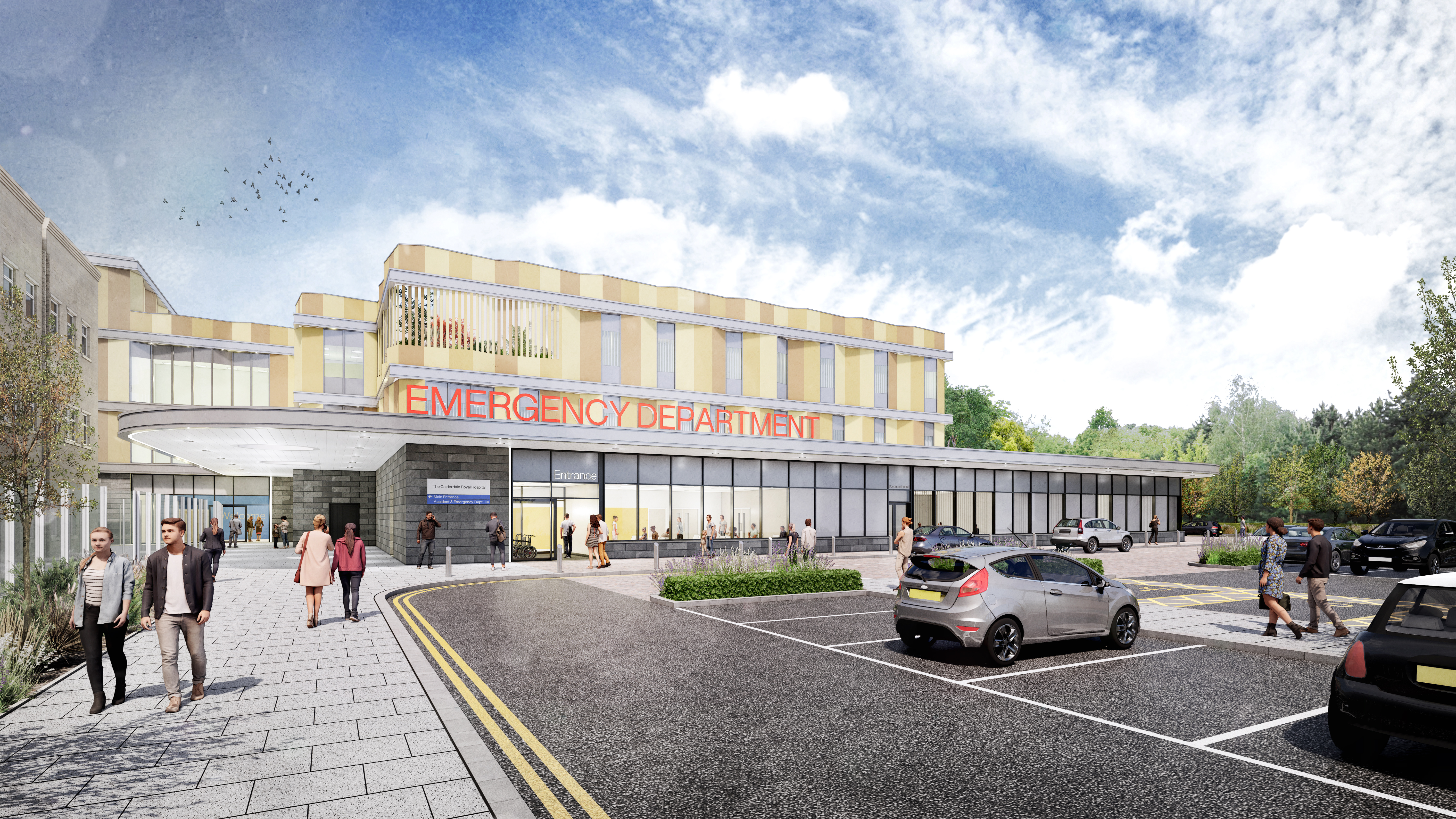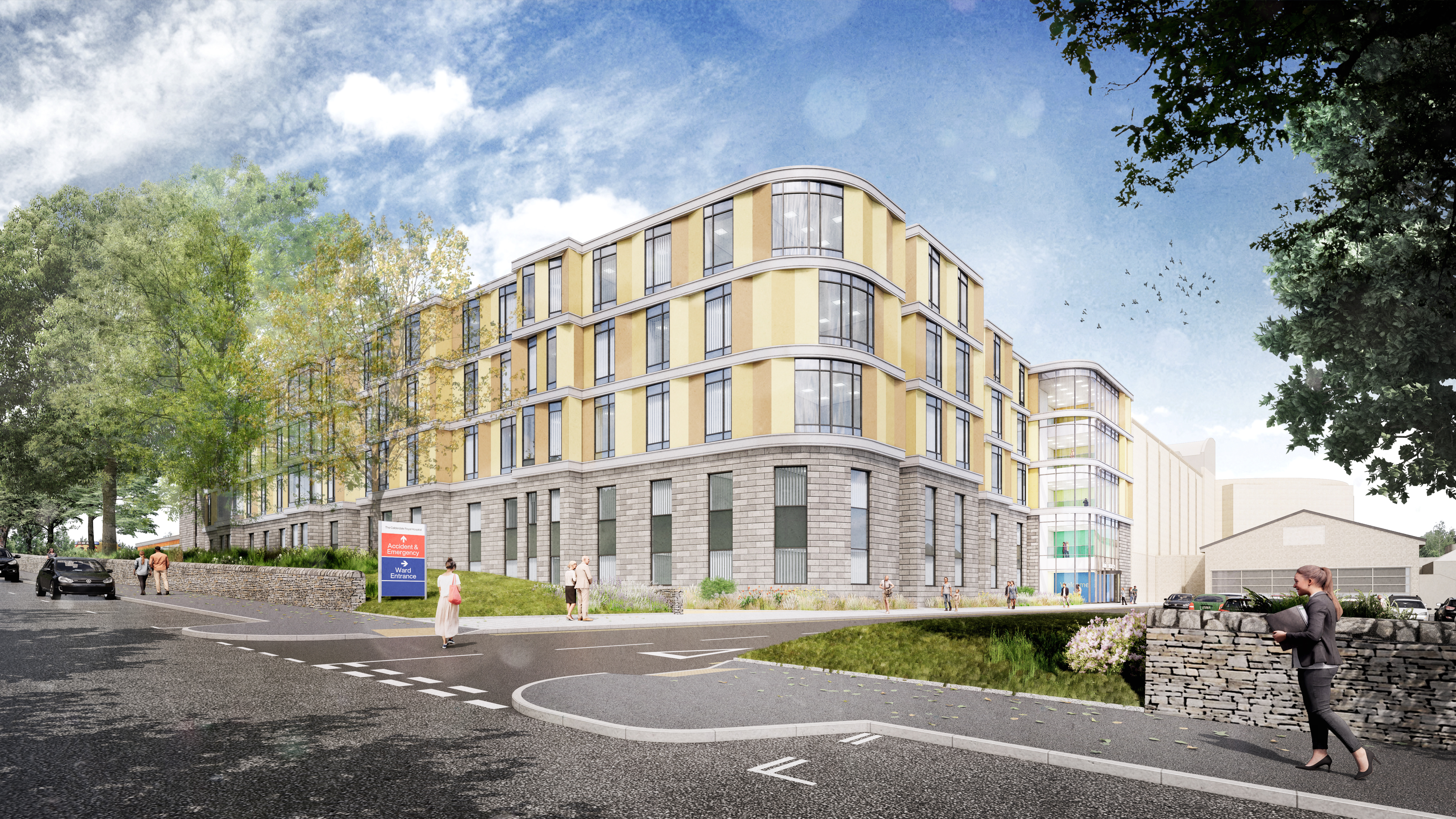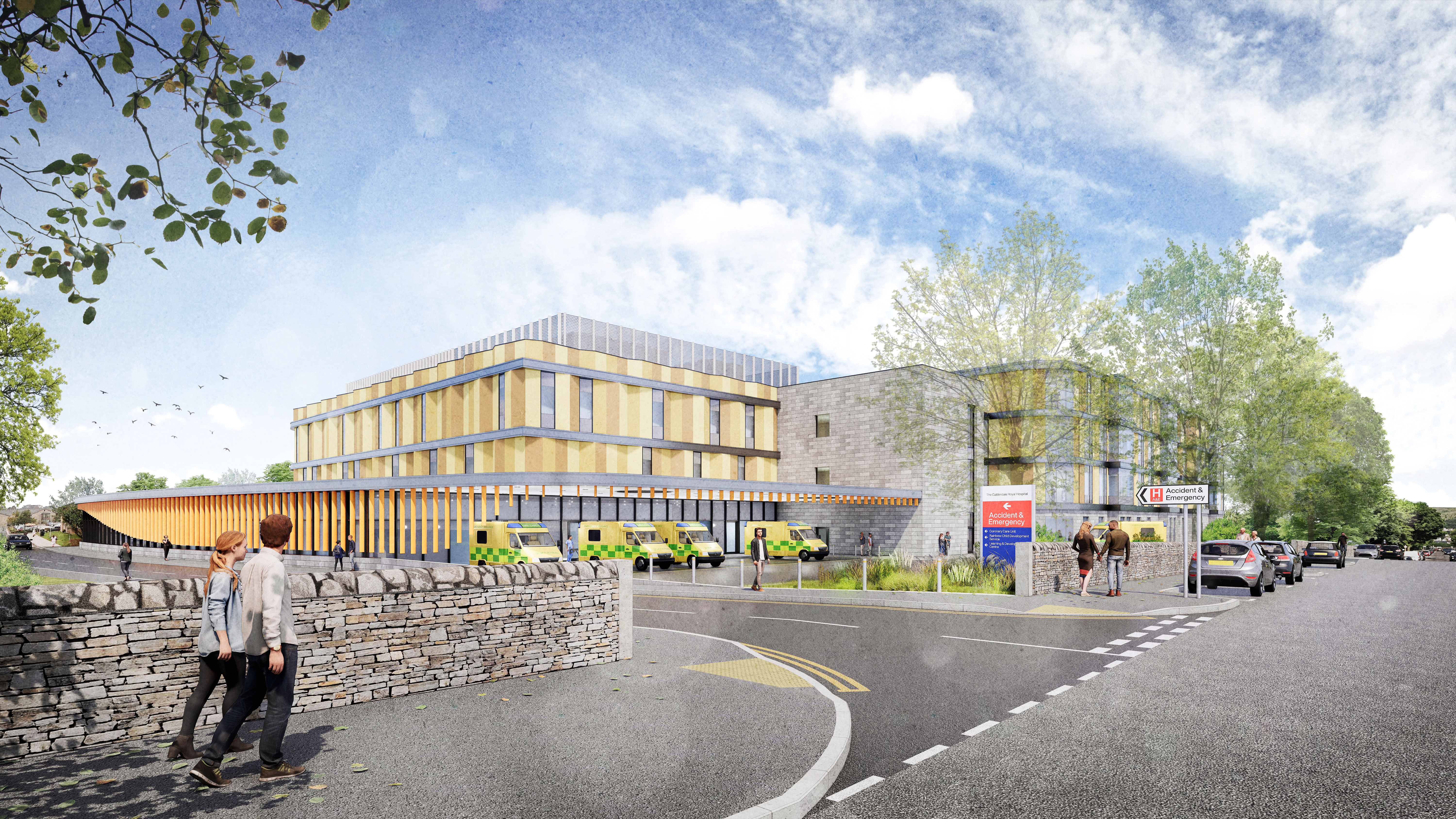Planned changes to service provision across Calderdale Royal Hospital and Huddersfield Royal Infirmary: Helping our patients get the best possible care – in the right place


Background
Calderdale Royal Hospital (CRH) and Huddersfield Royal Infirmary (HRI) are in different towns, but face similar challenges. Recruitment pressures mean that there are not enough specialist doctors and nurses in both hospitals, and our current setup makes it hard for staff who need to work across both sites.
Independent national and regional reviews have recommended that changes to the way we provide services are needed to improve patient outcomes and safety.
The current model of services across CRH and HRI does not, and cannot, meet national guidance. Although we have plans to keep patients safe day-to-day, we need a better plan for the long term. We urgently need to change how things are set up, to ensure that our services are sustainable for the future.
Reasons to change
Specialist acute inpatient services are currently split between both hospitals. This results in delays for patients waiting for senior clinical expertise, a longer length of stay, and risk of poor patient experience and outcomes - particularly for those patients with more complex needs.
For people who require Accident and Emergency services for a life-threatening illness or injury, we cannot guarantee the presence of senior doctors seven-days-a-week at both hospitals.
We don’t have everything we need to provide a full Accident and Emergency service for children at Huddersfield, as children’s medicine is in Calderdale. This creates a risk of delay to children receiving the care they need.
We currently do both scheduled and emergency surgeries at both hospitals. Having a dedicated hospital for scheduled surgeries can help make sure that planned procedures don't get canceled because of emergency demand.
We also have significant staffing challenges in intensive care, and there are not enough doctors and nurses to provide this specialist care across both sites in the long-term.
Planned changes under the new model
Both HRI and CRH will continue to have consultant-led A&E departments.
The A&E at CRH will receive all blue-light emergency ambulances for patients that have serious, life-threatening conditions, and all patients likely to require hospital admission.
The A&E at HRI will treat walk-in patients. If they need to stay in the hospital, they'll be transferred by ambulance to CRH. Digital technology will ensure that specialist advice will always be available across both hospitals.
Both hospitals will be able to help children aged five years and older with minor illness or injuries. Children who are more seriously ill, have a serious injury or are under five years old will be treated at CRH, where the children’s ward is located.
Critical care services, emergency surgeries and children’s surgeries will take place at CRH.
All planned medical and surgical care will take place at HRI. We will continue to provide some inpatient care at HRI for people who are not seriously ill, but who need extra support whilst arrangements are made to meet their future needs.
The number of hospital beds will remain broadly the same, with a focus on delivering care in community settings wherever possible.


The benefits of the new model
The benefits of the new model include:
- Both hospitals will have consultant-led A&E departments
- We will keep the same number of hospital beds while reducing demand for in-patient hospital care
- Children will receive better care as all children’s services will be located in the same hospital
- Moving all critical medical care to one hospital will make things safer and reduce the need to transfer patients who are very unwell
- Having separate hospitals for scheduled and emergency surgeries will make sure everyone gets the care they need and planned procedures can go ahead even at times when the hospital is very busy
- Sending ambulances with the most seriously ill patients to CRH will improve patient access to the right clinical expertise and improve the likelihood of survival for patients that have life-threatening conditions
- The realignment of services across the two hospitals will help to reduce workload pressures on staff, which will improve recruitment and retention.

